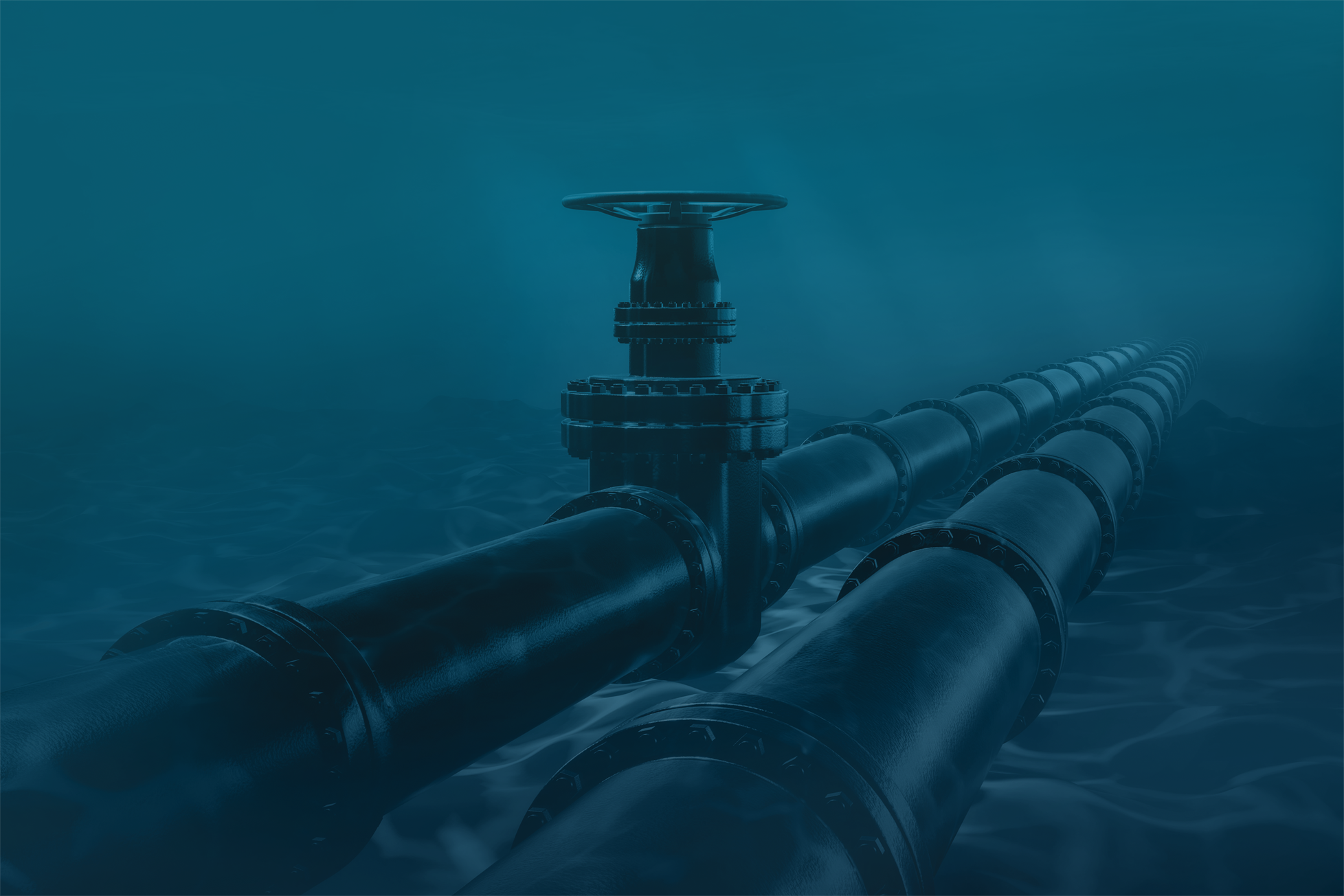The oil and gas industry, particularly in challenging environments like the deep water Gulf of Mexico, faces a persistent and complex issue: paraffin deposition. This is not just a matter of cold water thermodynamics; it is a multi-faceted challenge influenced by various physical phenomena (Chin, 2012).
Subsea Pipeline Flow Assurance Challenges
Electro-kinetic Effects: The movement of charged particles in crude oil can create potential differences along pipelines. This results in the migration of separated waxes to the pipe wall, promoted by alterations in colloidal particle charges.
Gravity and Flow Rates: In pipelines with low flow rates, heavier waxes can sink, forming sludge layers at the bottom. Density segregation might also lead to recirculating flows.
Buoyancy and Lighter Waxes: Lighter waxes, due to their buoyancy, tend to accumulate at the top of the pipe.
Wall Roughness and Friction: Wax deposits increase wall roughness, leading to heightened friction and reduced flow capacity.
Suspended Particulates: Elements like asphaltenes, formation fines, and sand can act as nuclei for wax separation, altering the fluid's rheology and its capacity to either deposit or remove wax through erosion.
Despite the industry's best efforts, tackling these problems have proven difficult, with existing solutions often being insufficient, expensive, or risky. Mechanical methods like pigs and tubing-conveyed tools carry the risk of mechanical failure. Retrieval of a stuck pig in deepwater pipelines is notably challenging. Coil tubing, while effective, has limitations due to pipeline length and bends.
Chemical solutions, on the other hand, often present environmental and safety risks. Common methods like line heating, warm solvent treatments, and chemical wax inhibitors are often ineffective due to low temperatures and extended pipeline lengths.
PipeRenew® Subsea Flow Assurance Solution
Our Ideal Energy Solutions LLC PipeRenew® treatment stands alone as the ultimate subsea flow assurance solution, offering a ground-breaking approach to this long-standing issue. This solution offers a simpler, more cost-effective, and lower-risk alternative to conventional practices, providing a proven solution to the industry's paraffin challenges.
Temperature Independent: PipeRenew® excels at removing paraffin, asphaltenes, or mineral scales at the coldest subsea temperatures.
Size Independent: PipeRenew® is not limited by the diameter or length of the pipeline, making it suitable for trunk lines, transfer lines, or process lines.
Water Soluble: PipeRenew® is designed for offshore applications, and can be blended on-site with fresh water, salt water, or produced water.
Environmentally Responsible: PipeRenew® is the only non-hazardous, environmentally responsible remediation solution for pipeline blockages.
PipeRenew® stands as a testament to innovative problem solving in the face of complex operational challenges in deep water oil and gas extraction. Its application represents a significant stride forward in ensuring efficient, safe, and sustainable pipeline operations. Contact Ideal Energy Solutions LLC today to start leveraging the benefits of PipeRenew® for your subsea pipeline flow assurance and maintenance needs.



